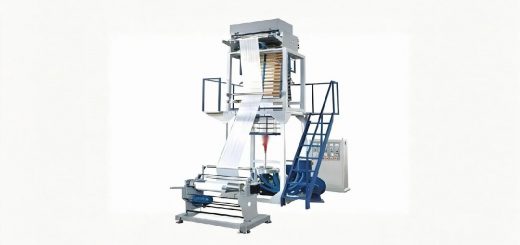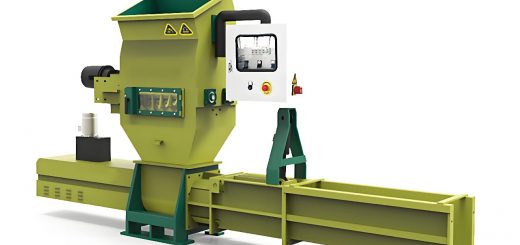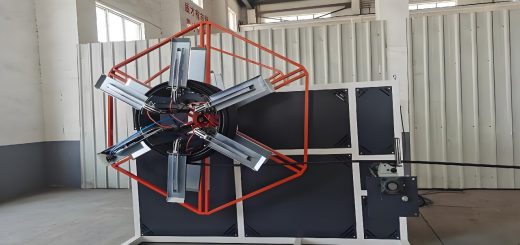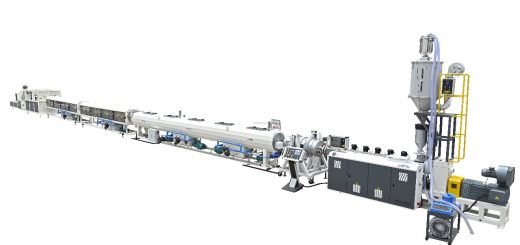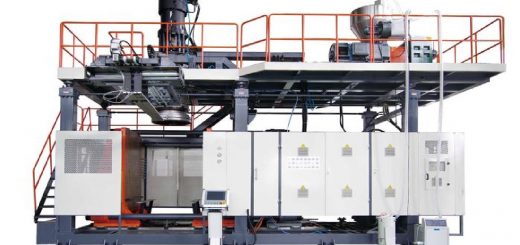The Role and Applications of Agricultural Machinery in Modern Farming
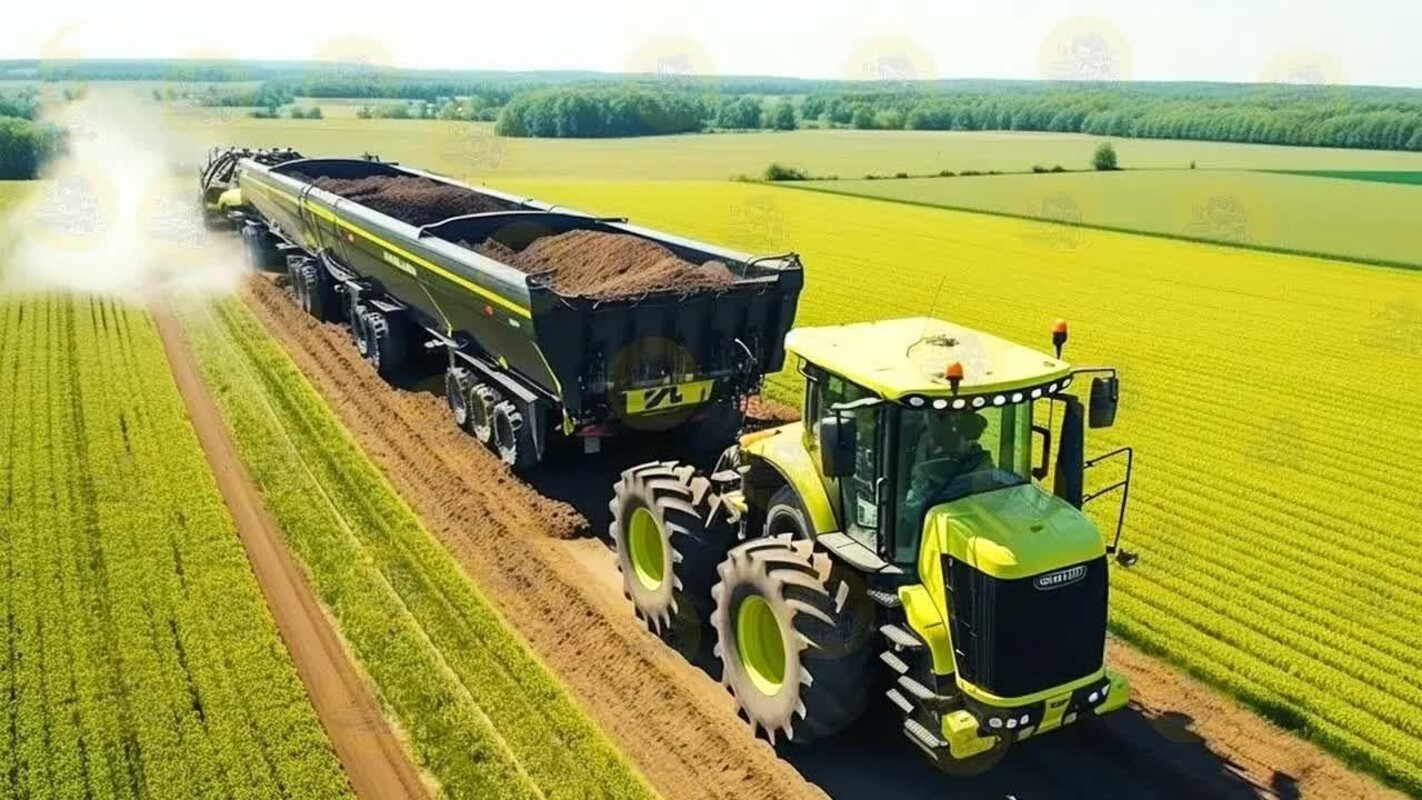
Agricultural machinery refers to the various types of equipment and vehicles used in farming to enhance productivity, efficiency, and sustainability. These machines are designed to perform a wide range of tasks, from soil preparation and planting to harvesting and post-harvest processing. The use of agricultural machinery has revolutionized the farming industry, enabling farmers to manage larger areas of land with less manual labor and greater precision.
Types of Agricultural Machinery
Agricultural machinery encompasses a diverse array of tools and equipment. Some of the most common types include:
- Tractors: The backbone of modern farming, tractors are versatile vehicles used for pulling or powering other machinery, such as plows, seeders, and harvesters.
- Plows and Tillers: These machines are used to prepare the soil for planting by breaking up the ground and removing weeds.
- Seeders and Planters: These devices ensure the precise placement of seeds in the soil, optimizing germination and crop growth.
- Harvesters: Machines like combine harvesters are used to efficiently gather crops such as wheat, corn, and rice.
- Irrigation Systems: Equipment like sprinklers and drip systems help deliver water to crops in a controlled manner, conserving resources and improving yields.
Applications of Agricultural Machinery
The application of agricultural machinery spans the entire farming cycle, from land preparation to post-harvest processing. Key applications include:
- Soil Preparation: Machinery like plows and tillers are used to aerate the soil, making it suitable for planting.
- Planting and Sowing: Seeders and planters ensure uniform seed distribution, which is crucial for optimal crop growth.
- Crop Maintenance: Equipment such as sprayers and cultivators help manage weeds, pests, and diseases, reducing the need for manual labor.
- Harvesting: Harvesters and pickers streamline the collection of crops, reducing waste and labor costs.
- Post-Harvest Processing: Machines like threshers and dryers prepare crops for storage or market, ensuring quality and longevity.
Benefits of Agricultural Machinery
The adoption of agricultural machinery offers numerous benefits, including:
- Increased Efficiency: Machines can perform tasks faster and more accurately than manual labor.
- Cost Savings: While the initial investment in machinery can be high, the long-term savings in labor and increased yields often justify the expense.
- Sustainability: Modern machinery is designed to minimize environmental impact, such as reducing water usage through efficient irrigation systems.
- Scalability: Farmers can manage larger areas of land, making it easier to meet the growing demand for food.
Conclusion
Agricultural machinery plays a pivotal role in modern farming, enabling farmers to meet the challenges of feeding a growing global population. By improving efficiency, reducing costs, and promoting sustainability, these machines are essential for the future of agriculture. As technology continues to advance, the capabilities and applications of agricultural machinery will only expand, further transforming the farming industry.


